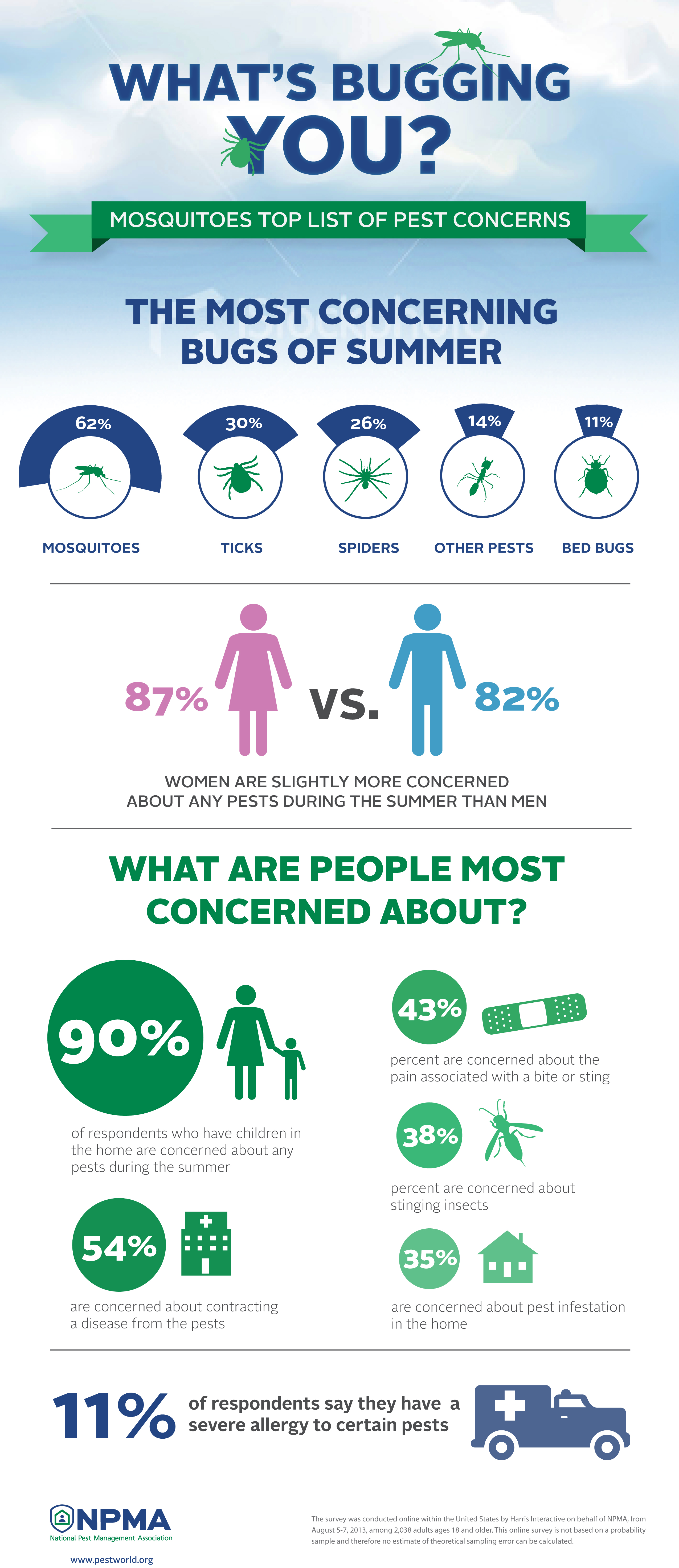Insights Into The Life Process Of Bed Vermin: Advice From Pest Specialists
Insights Into The Life Process Of Bed Vermin: Advice From Pest Specialists
Blog Article
Content Develop By-Pham Egeberg
Like a quiet intrusion, bed bugs can creep right into your home, concealing in the darkness and awaiting the ideal minute to strike. Understanding their life cycle is essential in taking care of these ruthless bugs, and who far better to turn to for advice than the professionals themselves?
In this conversation, you will certainly discover the tricks of the egg phase, the fairy phase, and the grown-up phase of bed insects, untangling the enigmas behind their durability and determination. Dental braces yourself, since what you will uncover will certainly leave you doubting every little impulse and bite.
The Egg Phase
Throughout the egg stage, bed pests are in their earliest kind, prepared to hatch and start their life cycle. These tiny eggs are usually stocked splits and gaps near the bed pest's feeding location, such as joints of bed mattress or furnishings. The female bed bug can disable to five eggs each day, which amounts to hundreds in her lifetime.
The eggs are oval-shaped and about 1mm in size, making them hardly visible to the naked eye. They have a sticky covering that helps them stick to surfaces and continue to be in position. The egg stage lasts regarding one to 2 weeks, relying on the temperature level and various other ecological aspects.
As soon as https://drive.google.com/drive/folders/1T1_qymTKCeTm1XeMm_i1M1XyupG7n9j7 hatch out, the nymphs arise, beginning their journey in the direction of adulthood.
The Nymph Phase
As the eggs hatch out, the freshly arised nymphs start their trip towards their adult years, noting the start of the fairy stage in the life cycle of bed bugs. This stage is essential for their development, and recognizing its features can aid in handling these insects properly.
Here are https://blog.humanesociety.org/2022/04/if-you-found-an-orphaned-wild-animal-would-you-know-how-to-do-the-right-thing.html to understand about the nymph phase:
1. Size and yard bug killer : Nymphs are tiny, determining just about 1.5 mm in size. They're translucent, however after feeding, their bodies turn reddish-brown. As they grow, they shed their exoskeletons, leaving molted skins.
2. Feeding Habits: Like grown-up bed bugs, nymphs eat blood. They need to feed multiple times to molt and proceed to the following phase. Fairies typically feed upon humans or pets while they rest, leaving itchy attacks.
3. Growth and Reproduction: Fairies go through five instars prior to reaching adulthood. Each instar needs a blood dish for development. Once they end up being adults, they can reproduce and proceed the bed pest life cycle.
Comprehending the nymph phase is vital for efficient bed insect control. By targeting the nymphs during this vulnerable stage, you can prevent their development towards the adult years and stop their invasion.
The Adult Phase
After finishing their advancement as fairies, bed bugs go into the grown-up stage. At this stage, adult bed insects are around 4-5 mm in size and have a level, oval-shaped body that is reddish-brown in shade. They have 6 legs, antennae, and a little head. Adult bed pests are fully efficient in duplicating and proceeding their invasion. They eat blood, preferably human blood, and can make it through without a meal for a number of months. They are mostly active in the evening and often tend to hide in cracks, crevices, and furnishings throughout the day.
Adult female bed bugs can disable to five eggs each day. These eggs hatch into nymphs in regarding a week. Comprehending the behavior and life cycle of adult bed bugs is important in efficiently removing and avoiding infestations.
Conclusion
Now that you recognize the life process of bed bugs, you hold the power to protect your home.
Picture a tranquil evening's rest, free from the torture of these small parasites.
By acknowledging the signs and taking prompt action, you can stop infestations and ensure the well-being of your liked ones.
Do not let these sly insects invade your haven.
Remain alert, stay informed, and sleep limited knowing you remain in control.
